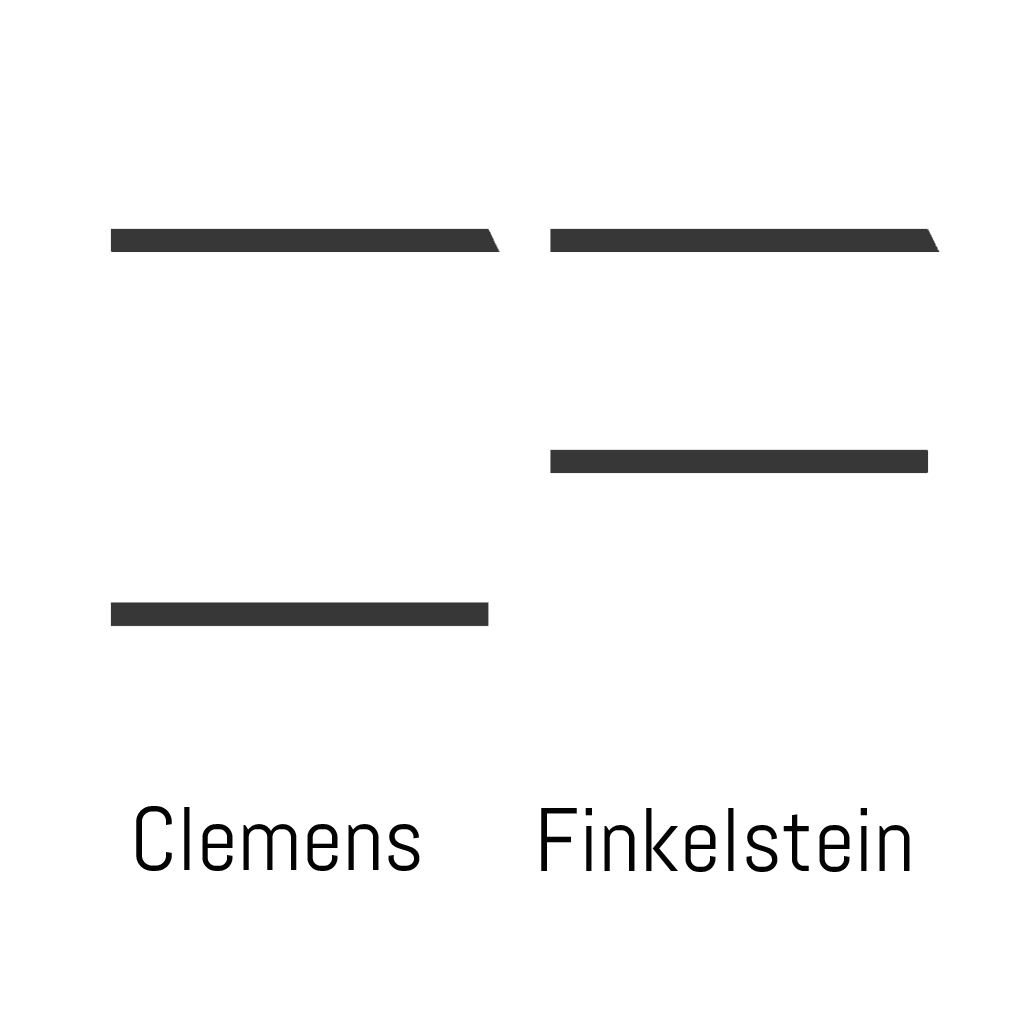[selection] updated June 15, 2022
presentations.
-
An Applied History of Vibration: Art-Science and Architecture-Technology
Panel on Planetary Thinking | Justus-Liebig-Universität Giessen | June 27, 2022 [in-person]
more info soon

-
sick world.building syndrome
CIVA Brussels | e-flux Live, Sick Architecture Talks | May 6, 2022 [in-person, online]
While invisible viral spores transformed human bodies into supernodes of a rupturing ecology of sickness during 2020’s global Covid-19 outbreak, governmental lockdown protocols transmuted bustling urban metropoles into ghost towns. Whether Brussels, Jakarta, or Los Angeles, the standstill of human activity had the side effect of slowing the ubiquitous vibrations of the Earth up to fifty percent, culminating in the greatest seismic quiet period in recorded history. Concerns of human and planetary health have always been closely entangled, with architecture as mediating agent between cosmic and biological bodies. This speculative installation takes the planetary pulse, activating the architectural frame of CIVA as sensor for the vibrations of the Earth, Brussels, and its exhibition visitors. Referencing the pathological relationship between human illness provoked by exposure to toxic architectural environments (sick building syndrome) and fusing it with the poetically charged German notion of the world-building [Weltgebäude], CIVA reverberates with transcalar sick architectures.
presentation supported by the Peter B. Lewis Fund for Student Innovation in Energy and the Environment, ACEE - Andlinger Center for Energy and the Environment, Princeton University [Princeton, NJ, USA]

-
Vibe, c. 1969: Operative Ambience, Indexical Ensembles, and Jimi Hendrix’s Electric Lady Studios
USC University of Southern California / University of Chicago | August 5, 2020 [online]
Atlas Fever Seminar, invited by Profs. W.J.T. Mitchell, Vanessa R. Schwartz, and Ori Levin.
The inquiry that follows pays close attention to the modifications made in specific, conditioning environments that explicitly pursued the transformation of the individual. Seesawing between concretization and individuation, this manifested exemplarily in the psychedelic happenings, phenomenological operations, and communicational experiments that defined the 1960s and ‘70s. Fueled by progressive media applications and the assembly of an architecture-system that would not only cater to the emergent technological possibilities but extend their efficacy as technical ensemble, the new condition demanded a new mode of transmission, a phenomenon through which the phases of being could be agreeably affected, a substance that could capture or synthesize percepts and affects in space and time as an operative ambience. This substance was vibe.

-
Deictic Dwelling: Liminal Epistemologies of Transmedial Abstraction in Ryoji Ikeda's micro | macro
IKKM Internationale Kolleg für Kulturtechnikforschung und Medienphilosophie | Bauhaus-Universität | Weimar, Germany | June 26, 2019
This paper examines Ikeda’s turn to the space of particle physics and physical cosmology in micro | macro. The project was conceived during his 2014-2015 artist residency at CERN, the European Organization for Nuclear Research in Geneva (Switzerland), and the initial audio-visual installation the planck universe [micro|macro] was commissioned and produced by the ZKM, the Center for Art and Media in Karlsruhe (Germany) in 2015. The two correlative site-specific installations concern themselves with unfathomable scales whose extremes the artist negotiates with attention to the small subatomic particles that elude human perception—in [micro]—and the equally imperceptible vastness of the observable universe—in [macro].

